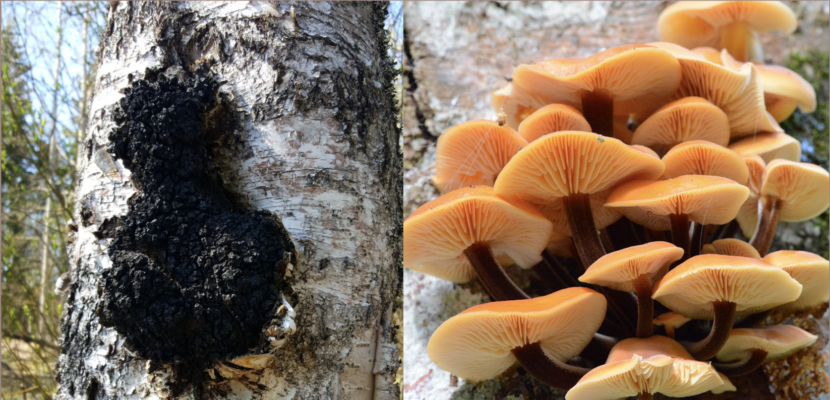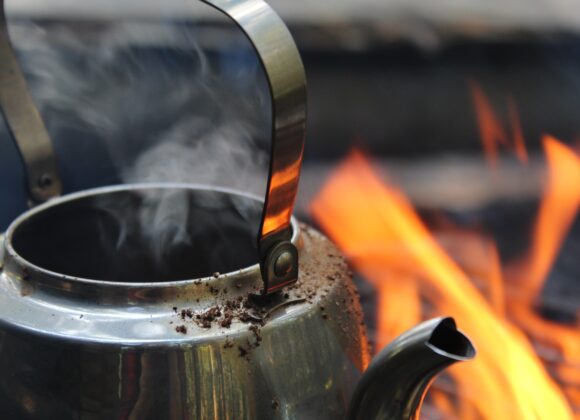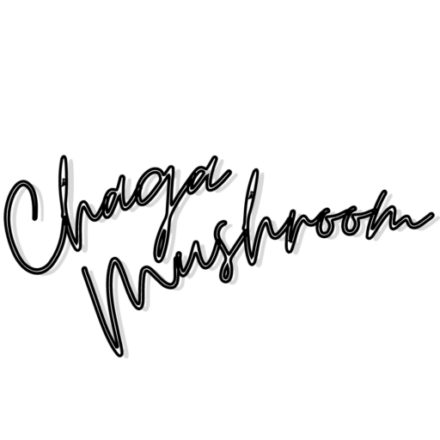In this article we’ll look into Chaga vs Enoki, two celebrated medicinal fungus’s in traditional Chinese medicine. The last one is a more visually appealing and traditional-looking mushroom, whilst Chaga looks like a burnt charcoal and resembles a golden brown or amber-colored woody material on the inside.
Enoki Mushroom

It might come as a bit of a surprise to see Enoki on our functional mushroom comparison list but turns out, that the fungus has a long history of being used in traditional Chinese medicine. Enoki’s full name is Enokitake, which in Japanese translates to “mushroom”. The name has been officially shortened to Enoki, meaning “hackberry” in Japanese. Hackberry also happens to be the name of the tree the mushroom often grows on.
Enoki is another powerful medicinal mushroom, thanks to the antioxidants it contains. Ergothioneine in particular has proved to reduce photodamage on the skin. In addition to that, Ergothioneine creates intercellular stimulation to reduce ATP, which shows the mushroom to have positive effects in treating prostate cancer and lymphoma. Two of Enoki’s polysaccharides have also been shown to have strong immunomodulating and cancer-eliminating properties. The mushroom can help you fight melanoma, thanks to its high protein beta-glucan Proflanin, which targets foreign pathogens more efficiently than its other counterparts.
In addition to that, the medicinal fungus naturally contains a protein known as lectin, which enhances the production of its antioxidants. Giving the Enoki’s antiviral, antibacterial, immunoregulating properties. Another vital element you can find in Enoki is vitamin B3 (1 cup of raw Enoki contains almost a quarter of the vitamin B3 we require daily). The anti-inflammatory properties of niacinamide (a specific type of B3 found in Enoki) are remarkably famous in skincare but can also help to relieve arthritis and alleviate joint pain. Minerals like riboflavin, thiamine, and folate, make it a good supplement for those in need of thyroid support. The fungus is also high in fiber, which makes it another blood mushroom – effective in managing blood sugar and aiding digestion.

It’s most likely you’ve come across Enoki before, as it’s often used in Asian cuisine. The fungus grows in a cluster of white, slender stalks with tiny round heads. Truthfully Enoki forged from the wild has a brown tone to it and looks a little different from the distinguishably white, cramped ones you see in grocery stores or farmer’s markets. The difference in color is determined by the lack of sunlight they receive during cultivation. Whilst the shape has nothing to do with light, but rather with the fact that Enoki is cultivated in bottles and harvested early during their growth. This is because contrary to the thick, velvety stems that are too hard to chew, the thin ones are easily edible. The white color and delicate look have also earned the fungus many nicknames, like “snow puff mushroom”, “winter mushroom” and “velvet shank”.
Enoki grows naturally in the temporal zone of Europe, North America, and Asia. The mushroom has also been found to grow in South America, Australia, and New Zealand, where it was most likely introduced to the wild accidentally. When looking for Enoki in the wild, you’ll find it growing in clusters on dead hardwood trees, in cooler temperatures, or in most of the world from late fall into winter.
Chaga Mushroom
Chaga is a polypore fungus that grows mainly on birch trees in cold climates. It grows on living trees, but it is parasitic. This means that the fungal mycelium enters the stem of a mature tree through a crack or a wound in the bark and then starts to absorb and synthesize healthy compounds that we, humans, will consume.

These mushrooms grow best on the outside of yellow and white birch trees. You can find Chaga mushrooms in abundance in the northern hemisphere, like the northern deciduous forests. Chaga thrives in cold, damp conditions and has a great tolerance for surviving hard winters.
Natural healers and traditional medicine practitioners have been aware of this mushroom for centuries. Recent scientific studies demonstrate the effectiveness of Chaga in treating a number of diseases and afflictions. The Memorial Sloan Kettering Cancer Center lists the purported uses of Chaga as treating and preventing cancer, stimulating the immune system, reducing inflammation, and protecting the liver.
As mentioned before, these types of medicinal mushrooms are not edible in the standard method. Instead, their properties need to be extracted. The extraction requires prolonged simmering or soaking. This process makes the beneficial components bioavailable to the human body, which means the body can absorb the nutrients.
Related: Chaga Mushroom Extraction Methods
Like all the other medicinal mushrooms, Chaga has incredible immunomodulating powers. Chaga’s polysaccharides, specifically the beta-glucans, have the ability to increase the production of lymphocytes (a type of white blood cells that regulate the immune response to infectious microorganisms and other foreign substances). Chaga is also known as one of the richest sources of antioxidants found in nature. Antioxidants are what protect your body from free radicals, which otherwise would lead to cell degeneration (chronic fatigue, chronic pain, chronic illness, and cancer).
Abundance in betulin, which gives antitumor and anticancer properties. Betulin produces a derivative called betulinic acid, which is antibacterial, antiviral, anti-inflammatory, and antioxidant in nature, with adaptogenic properties. This is what makes Chaga able to balance and restore your entire system, which can lead you to function at your highest potential!
Related: 5 Benefits of Chaga for Skin Health
Chaga vs Enoki, which one is more beneficial?
Enoki mushrooms are an excellent option if you’re looking for help with joint pains, optimize your immune function, improve skin quality, or for a natural source of vitamin B3.
Chaga instead is one of the richest antioxidant sources in the world. In addition to that its abundant in betulin, which gives the medicinal mushroom antitumor and anticancer properties. Betulinic acid makes Chaga antibacterial, antiviral, anti-inflammatory, and adaptogenic properties. Therefore, if you wish to prevent or cure a cold, age gracefully with shiny hair and glowing skin, with the benefits of lowering inflammation in your body, look no further than Chaga.
Chaga vs Enoki accessibility
Like many fungi, Enoki does not require much to grow. This largely contributes to the fungus’s fame in culinary arts, around the globe. As per usual, wild Enoki mushrooms are a bit more beneficial to our health, yet even the cultivated Enoki holds significant medicinal value. If you wish to get ahold of some Enoki, we’d suggest first checking out your local grocer’s produce section or learning how to grow the mushroom at home.
When it comes to Chaga, it’s important to keep in mind that Chaga gets most of its nutritional value from its host – the Birch tree. Therefore, the medicinal value of Chaga that has been harvested from trees other than birch, may be entirely different. You should especially pay attention to your Chaga being wild harvested, as we’ve heard of Chaga grown in laboratories.
It has become a bigger issue over the last few years, as Chaga has gained more mainstream popularity. Business motivated corporates are trying to cut corners by growing Chaga faster and more efficiently indoors on stalks. This means that your bought Chaga possesses no health benefits but is most likely marketed as a health product.










